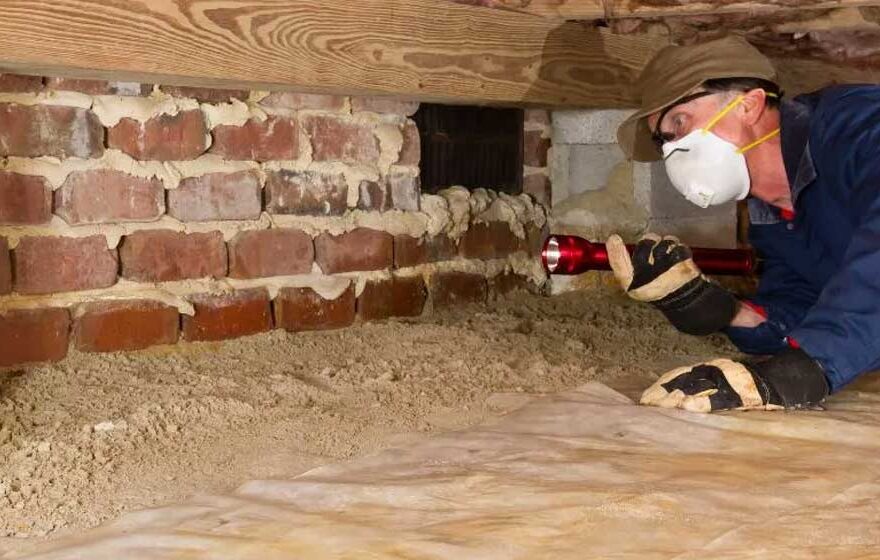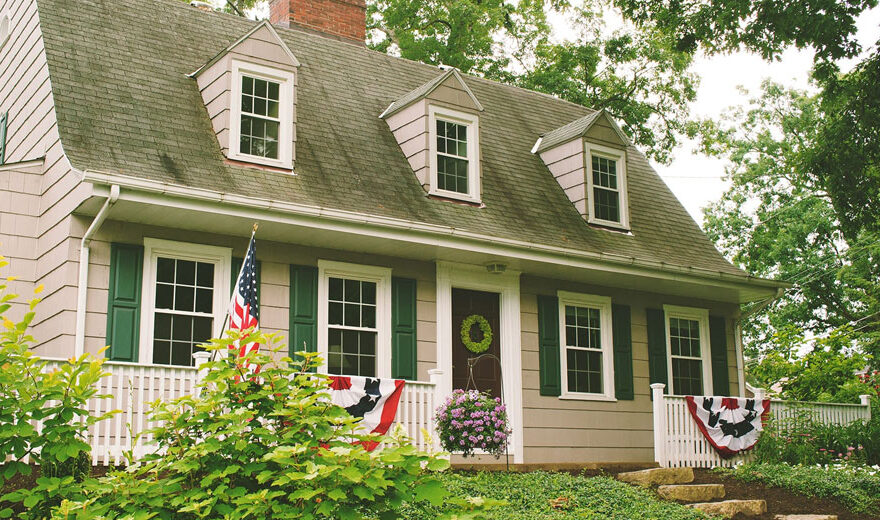From Foundation to Roof: How to Protect Every Part of Your Home

A home’s strength lies not just in its foundation or roof, but in the harmony of all its parts working together. This guide offers practical, principle-based strategies to help homeowners create a unified defense system—keeping structures strong, efficient, and worry-free, notes SGI Dallas Management.
Foundation Protection: Waterproofing and Drainage That Lasts
A dry foundation is the first step toward a healthy home. Applying a high-performance waterproof membrane to foundation walls blocks moisture at its source. These flexible coatings adapt to soil movement, preventing cracks and leaks. French drains, installed along the footing line, redirect water into gravel-filled trenches with perforated pipes. To keep the system working long-term, filter fabric prevents debris buildup, and occasional rinsing with a garden hose clears out fine particles. Together, these solutions relieve hydrostatic pressure and transform damp basements into dry, usable spaces.
Framing Defense: Pest Barriers and Structural Integrity
Wood framing is vulnerable to both pests and decay, but proactive care can extend its life. Borate-based treatments protect beams and joists from rot and insect damage. Regular inspections help catch hairline cracks or weakened studs before they compromise the structure. Installing rigid pest barriers at sill plates and rim joists blocks termites, while sealing gaps around pipes and wires keeps rodents out. Tight attic hatches and crawlspace doors also deter birds and bats. After storms or landscaping work, quick checks can catch new vulnerabilities before pests do. These steps keep your home’s skeleton strong and secure.
Air Sealing and Insulation: Creating a Tight Thermal Envelope
A well-sealed home is more comfortable and energy-efficient. Filling wall cavities with spray foam or dense-packed cellulose reduces air leaks and boosts insulation. Beneath siding, continuous air barrier membranes stop drafts and moisture vapor from sneaking in. Proper adhesives and seam sealing ensure a tight envelope. In attics, closed-cell foam seals roof eaves, while blown-in insulation fills gaps between joists. Infrared scans can reveal cold spots that need attention. This airtight shell not only cuts energy bills but also prevents condensation that can damage finishes and framing.
HVAC Efficiency: Duct Sealing and Preventive Maintenance
Your HVAC system works best when air flows freely and efficiently. Replacing filters regularly keeps air moving over coils and heat exchangers. Pressure testing with a manometer can uncover hidden duct leaks or blockages. Sealing joints with mastic and wrapping ducts in foil-faced insulation helps maintain temperature control. Smart thermostats adjust operation based on your routine, reducing wear and tear. Annual checkups—like blower motor inspections and coil cleanings—keep systems running smoothly. These practices improve indoor air quality, extend equipment life, and ensure consistent comfort.
Roof Health: Address Any Damages
Addressing roofing damage promptly is essential to maintaining your home’s structural integrity. Clearing blocked ridge vents and soffit intakes restores proper airflow, preventing moisture buildup that can lead to rot or mold. Damaged or missing shingles—especially those affected by moss or algae—should be replaced with treated underlayment and zinc-infused options to resist future growth. Regular inspections of flashing around chimneys, vents, and skylights help catch early signs of leaks or corrosion. For homes with extensive wear or storm damage, a full roof replacement in Austin, or wherever you live, may be the most effective solution.
Conclusion
From the ground up, a home’s strength depends on coordinated care across every level. Regular attention to each system helps prevent small issues from becoming major repairs. With a proactive, whole-home strategy, your house stays strong, comfortable, and protected—season after season.


